This video exemplifies the many ‘non glamourous’ miles of the Iditarod. Like life, the journey along the Iditarod has its peaks and valleys (literally and figuratively.) It is pleasant to have a section of trail that requires little technical sled maneuvering skills, team management or constant vigilance. The team’s simple goal is just to make more miles and travel towards Nome.
The only concern as the team traveled along this slough of the Kuskokwim River was the moose presence in the area. Obviously, moose are common here and the many foot tracks and signs of these enormous animals were everywhere on this section of the Iditarod.
In 2019 the trail was overall a slower route due to softer snow conditions and warmer temperatures . In this video you can see that in softer snow, the dogs’ paws sink deeper and obviously they run slower. A warmer temperature has a double effect.
- The first is that the snow on top of the trail is not “set up” or frozen solid. It is still in the white “puffy” state that everyone loves to see on Christmas morning. It’s pretty and makes Santa Claus look good but it probably slows his reindeer team down, as it does our dog teams. Only after the snow is packed down by dog paws and snow machine tracks does it harden up like a fast paced highway. However, when snow continues to fall – like it did in 2019 – those speedy highway conditions (that we have seen on ‘record-setting’ Iditarods) never appeared.
- The second is that the Alaskan Husky is a cold weather animal. They have guard hairs and thick under coats that allow them to sleep comfortably in winter snow and wind. When the temperatures are warmer, the dogs have to slow their pace in order to regulate their internal temperatures. Overheating is a real concern on a warmer Iditarod. So generally, an Iditarod sled dog will seem more sluggish and slow on a warmer, sunny day than on a chilly, -10 degree F evening.


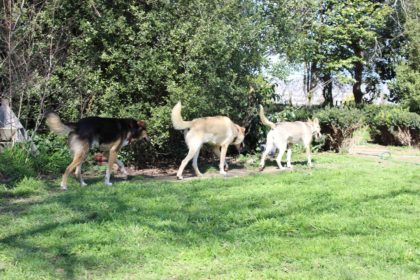
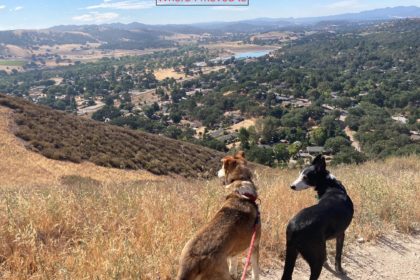
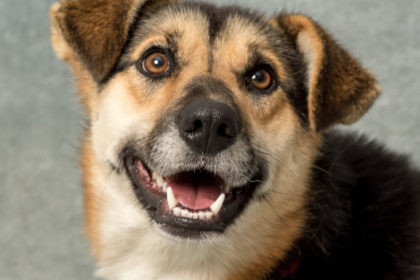
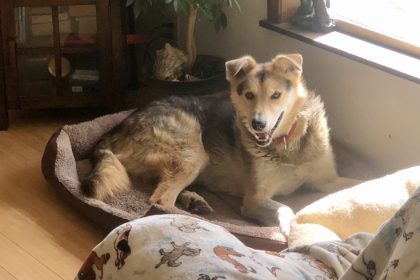
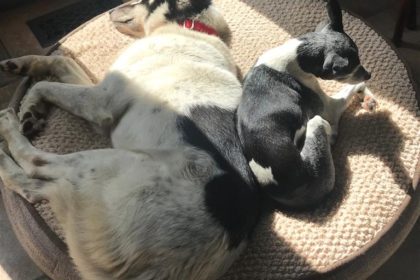
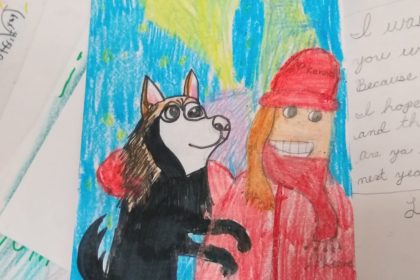

Thanks for the awesome video! There sure are a lot of moose tracks around. I’m glad the team traveled safely and didn’t run into any aggressive moose.
The scenery on the river is beautiful!
Well, these miles look gorgeous too!!!
Thanks ever so much for the video of the hard working team and for giving us these insights re: temps, quality of snow, and the dogs’ physical capabilities and adaptation to their environment. Not to mention 2 and 4 legged athletes’ stamina!!!
WOOF!!!
It never gets boring. Videos are excellent and glad the moose were not present at the time!
Love this! Cracks me up to look at snow and talk about dogs warming up. And MOOSE. We spent a few days in Rocky Mountain National Park last week to hike and see wildlife. We hoped to see moose and did we. Grand Lake side of the park in early June is full of velvety covered antlers, moms and kiddos. We had a few close calls, as they like to munch on the grass by the trails, and yes, they are HUGE. Luckily there were trees close enough for us to back up to and get behind. They warn you not to run, so I imagine a sled racing by would startle them good. Yikes. More respect for you.
I’m sincerely enjoying the nice cool views from Alaska’s winter on a hot day in June.
🙂
I appreciate when your team look back to check on you, especially Violet. <3
Thanks Aliy